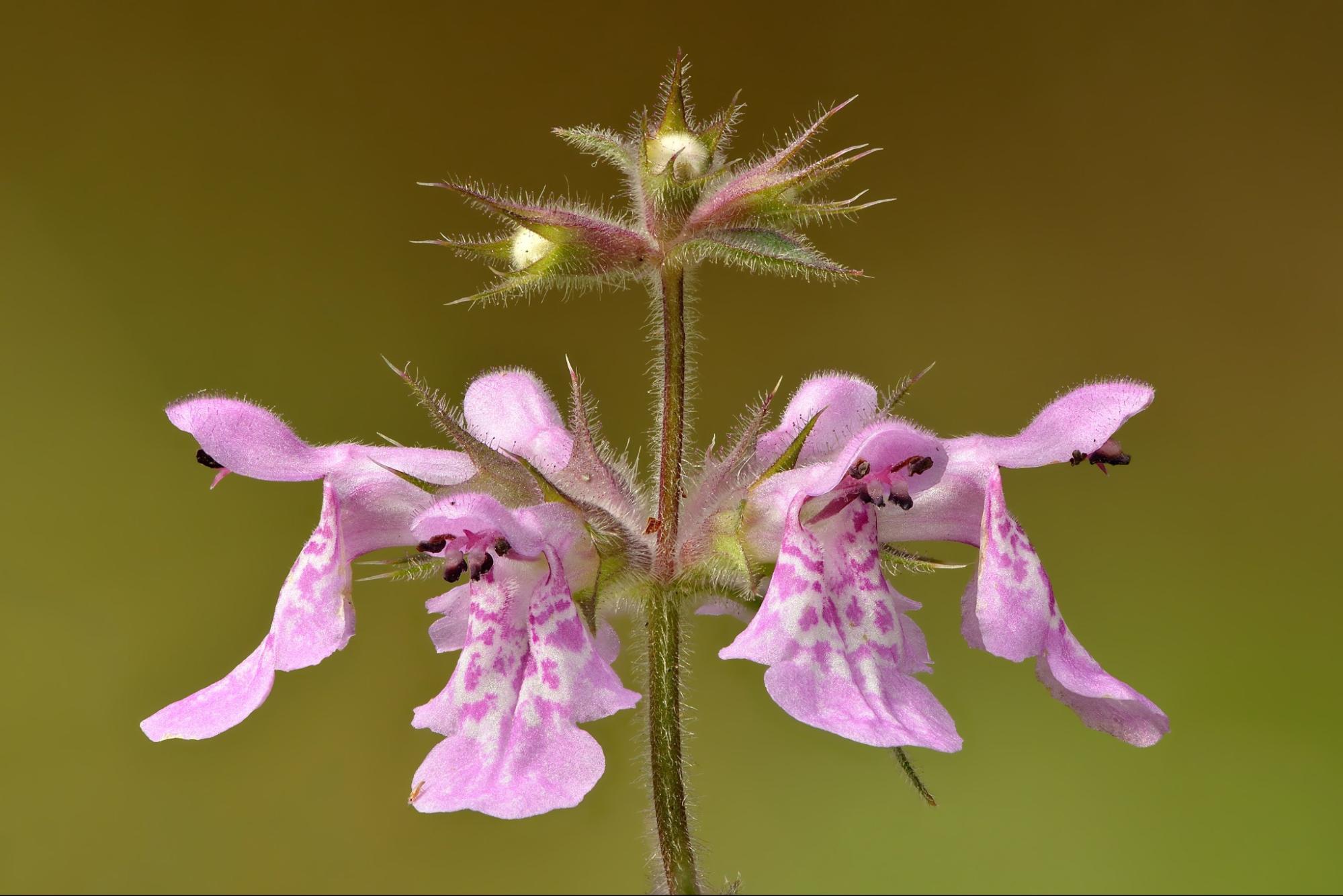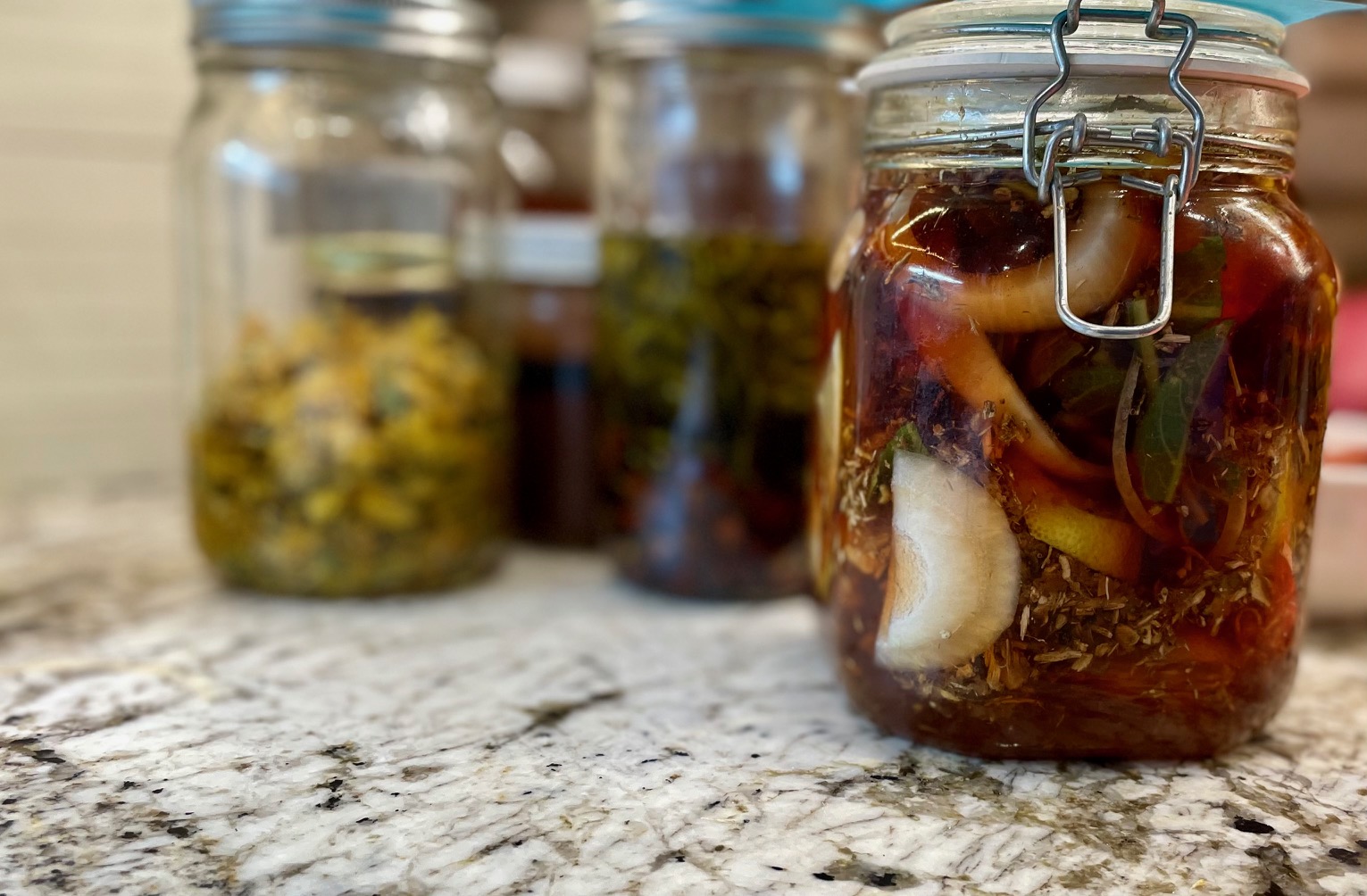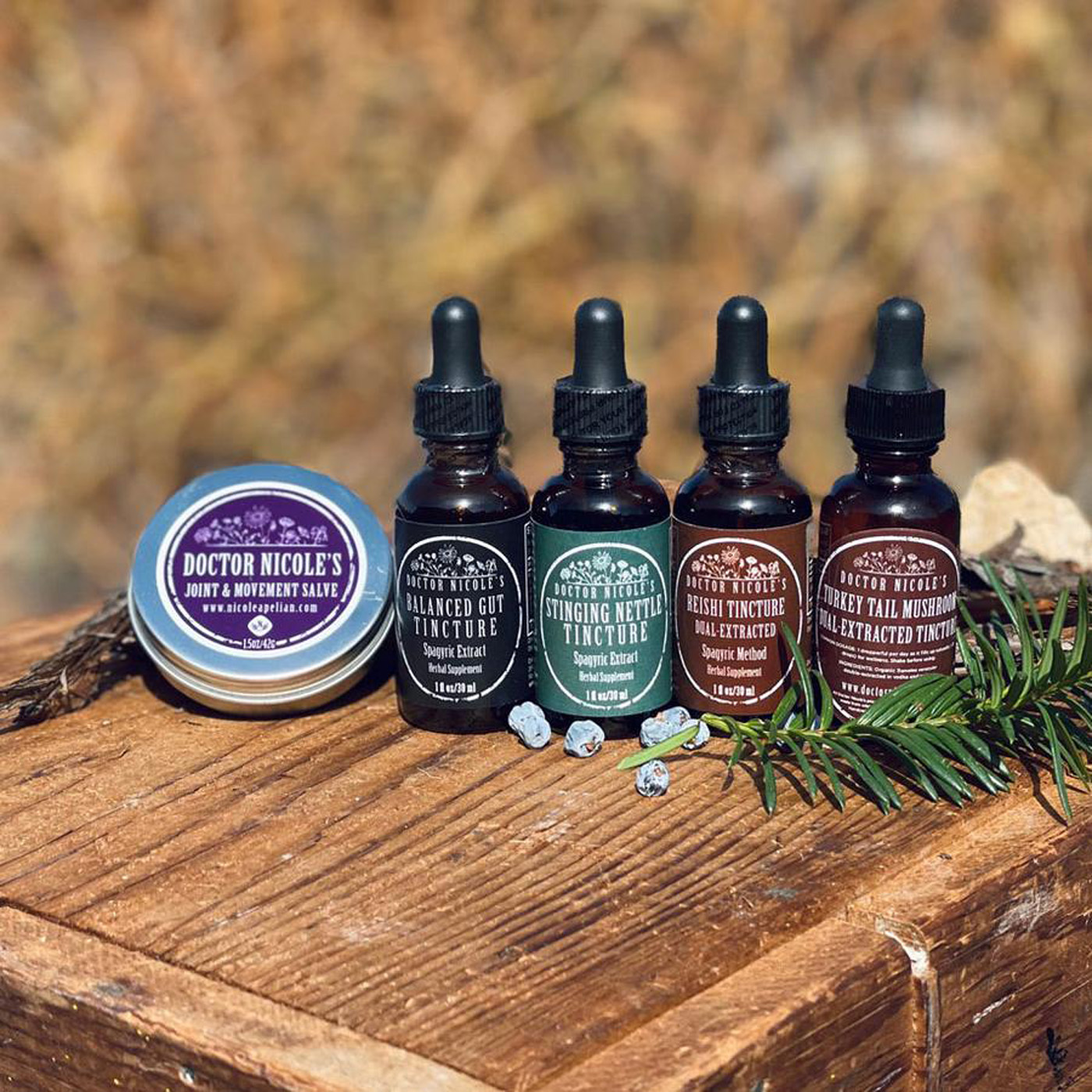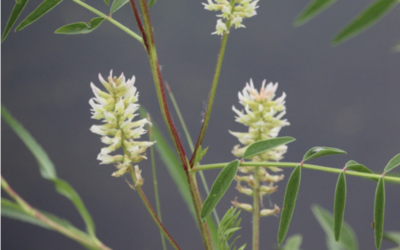Woundwort: Nature’s Answer to Joint Pain, Muscle Spasms, Anxiety, & More
Woundwort (Stachys spp.) has lived up to its name for centuries, prized in traditional herbal medicine for its ability to help stop bleeding and support the healing of cuts, bruises, and other injuries. Once a common remedy in European folk medicine, this useful plant was often kept on hand in personal medicine chests. Beyond its topical use, woundwort has also been valued for calming digestive troubles and easing inflammation, making it a versatile herbal remedy. Today, it continues to attract interest as both a historical botanical and a modern medicinal herb with several uses.
Basic Identification
Under the right conditions, woundwort can grow over two feet tall. The stem is square and covered in tiny hairs. Its lance-shaped leaves are arranged oppositely, like most mints. The striking reddish-purple flowers form around terminal spikes.
Where Does It Grow?
Commonly called “marsh woundwort” due to its preference for wet habitats, it is native to Eurasia but has been introduced to North America.
Harvesting
Collect the leaves while the plant is young and healthy. The aerial parts can be harvested while the plant is in bloom.
Edible Uses
The tubers of woundwort are edible either raw or cooked. They can also be dried and ground into a flour. Steam young shoots like asparagus.
Recipe. Woundwort Therapeutic Ointment:
For this recipe, you will need enough chopped woundwort to fill a small glass jar. You will also need enough coconut oil to completely cover the plant material. Sit the jar of coconut oil in a bath of warm water until you have enough melted to cover the plant material in the jar.
Sit the jar of woundwort and coconut oil in a bath of warm water on the stove. The best way to do this is to sit the jar in a pot of water (do not allow water to get inside the jar) on the “warm” setting of your stove. If your stove does not have a “warm” setting, sit the jar in a pot of water on low heat. Allow this to infuse for up to ten hours before straining it out through cheesecloth. Squeeze the cloth well to get all the trapped oils out of the plant material.
Store the ointment in a glass jar with a lid and keep it in the refrigerator to extend its shelf life. When it hardens, it will have a thick consistency that you can use to massage into skin irritations and wounds, as well as sore muscles and joints.
Medicinal Uses
As its name suggests, woundwort is an outstanding remedy for wounds. It is highly regarded for its ability to heal wounds quickly, as well as stopping internal and external bleeding. The herb is also used for joint and menstrual pain. It can be used for gout too.
Here are my top 3 uses for woundwort:
Styptic. When woundwort is applied topically, it stops bleeding rapidly. It can also be used internally as a tea to halt heavy menstrual bleeding or postpartum bleeding.
Analgesic. Helpful for relieving sore, arthritic joints, woundwort calms pain and inflammation when applied to sore areas. It can also alleviate muscle cramps and muscle spasms. Try the ointment recipe above for these purposes. For a comprehensive approach to joint and muscle complaints, see our Joint & Movement Bundle in the apothecary.
Sedative. With sedative and antispasmodic properties, woundwort is exceptional for calming the body and mind. It is especially useful for those who need extra help in settling down after a busy day. The herb also calms spasmodic coughing and muscle spasms.
Deepen Your Mastery of Herbal Medicine
But that’s not all. Along with woundwort, The Lost Book of Herbal Remedies II contains hundreds of plant profiles that include identification, uses, harvesting advice, and high-quality photographs. Simple recipes for a wide range of remedies are also covered. The Lost Book of Herbal Remedies II completes the first book, you’ll find only new plants and very different remedies.
This is herbal wisdom made simple: new plants, new remedies, all in one book. Tap here to pick up your copy today!
Prefer a more hands on approach? My online Herbal Academy Master Course is for you!
Have you ever wanted to learn more about natural remedies so that you could keep your family healthy, but didn’t know where to begin? I hear you. The world of herbalism can be overwhelming when first starting out. Because of this, I have created an online herbal academy that will not only teach you about medicinal plants, but also how to prepare and use them. This course was designed to instill confidence and deepen your mastery so that you know how to handle a medical situation on a day-to-day basis or in the event of a collapse where conventional prescription and over-the-counter medicines may be hard to come by. It is the same valuable knowledge our great-grandparents had that’s almost completely lost today.
My course will give you the tools to take charge of your family’s health — whether it is a simple headache that you would like to treat naturally with plants found in your backyard or if you want to put together an herbal pharmacy kit that you can keep on hand for emergencies. The training found in my herbal academy is for anyone who would like to save money in medical costs and become more self-sufficient. It’s like having your own personal health coach and herbalist on hand 24/!
I know you are going to love it! Tap here to learn more.
Nicole Apelian








